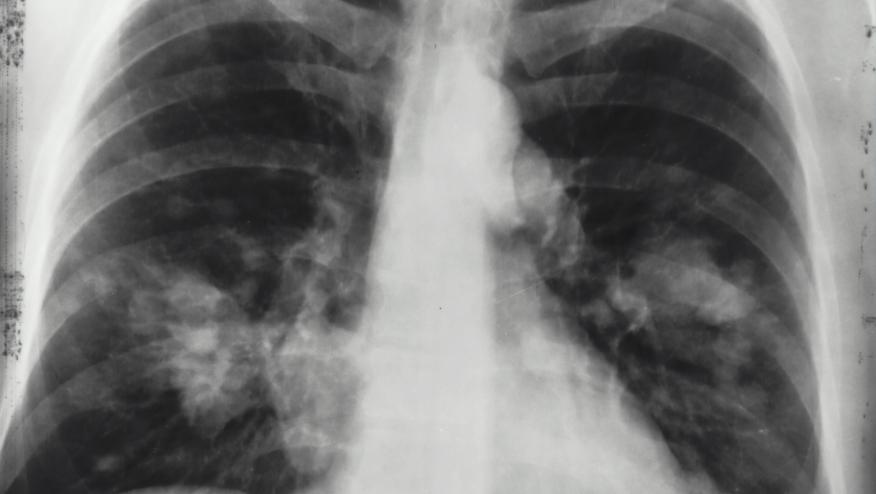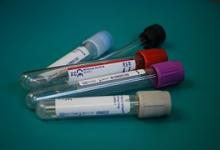Interstitial Lung Disease and Lung Cancer Risk Save

A large prospective cohort study found that interstitial lung disease (ILD) is associated with an increased risk of lung cancer.
This cohort study of 5,425,976 used a a sibling-controlled design to account for genetic factors. Data was taken from the Swedish Total Population Register and Swedish Multi-generation Register. Primary outcomes were multivariable hazard ratios (HRs) and 95% CIs.
From 5.4 million individuals (including 14 624 with ILD), during a 30-year follow-up period, lung cancer was seen:
- Controls (non-ILD): 40 592 lung cancer cases (incidence rate, 26.2 per 100 000 person-years)
- ILD: 227 cases lung cancers (incidence rate, 355.4 per 100 000 person-years).
After adjustments, ILD had a higher risk of lung cancer (HR, 2.16; 95% CI, 1.89-2.46). Increased risks were observed for adenocarcinoma (HR, 1.60), squamous cell carcinoma (HR, 2.56), small cell carcinoma (HR, 3.29), and other histological types (HR, 2.32). Sibling-controlled analyses generally mirrored these findings.
The presence of ILD should prompt consideration and evaluation of lung cancer risk.











If you are a health practitioner, you may Login/Register to comment.
Due to the nature of these comment forums, only health practitioners are allowed to comment at this time.